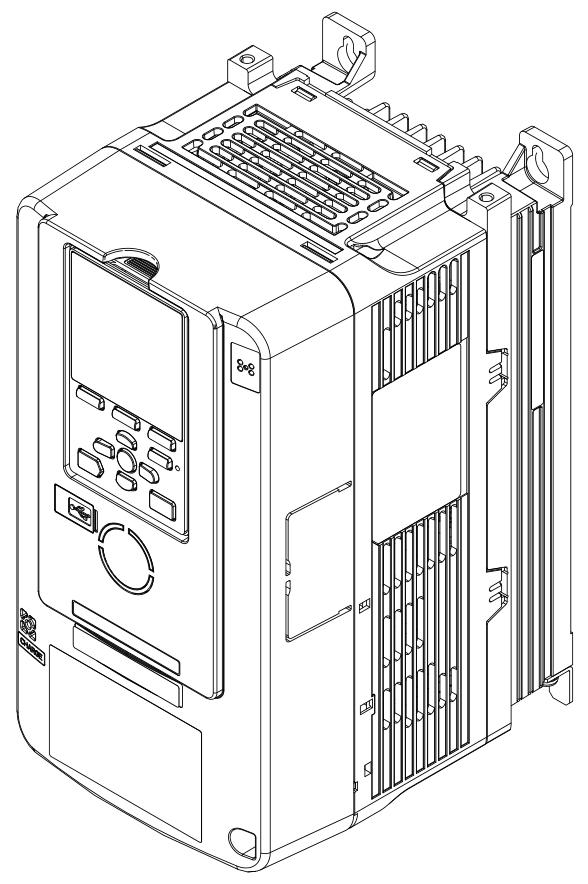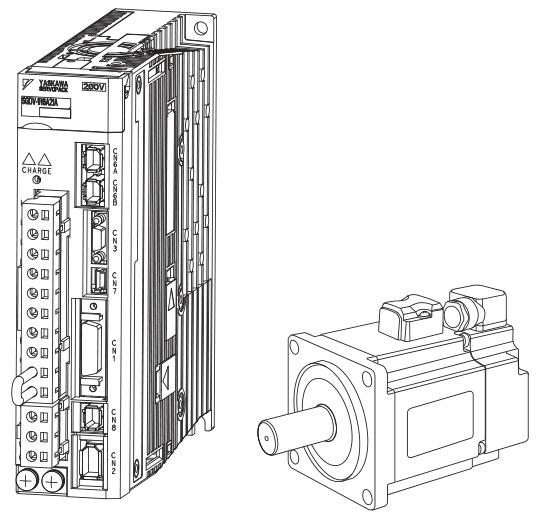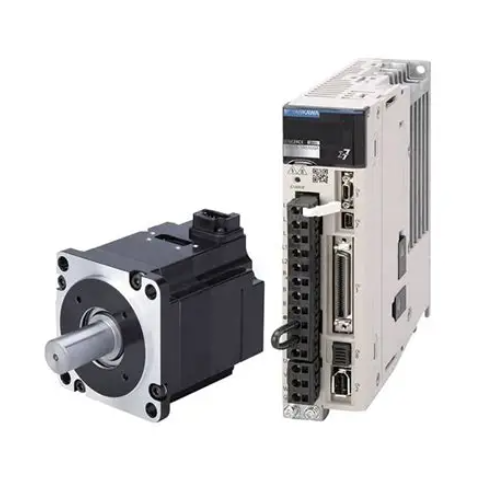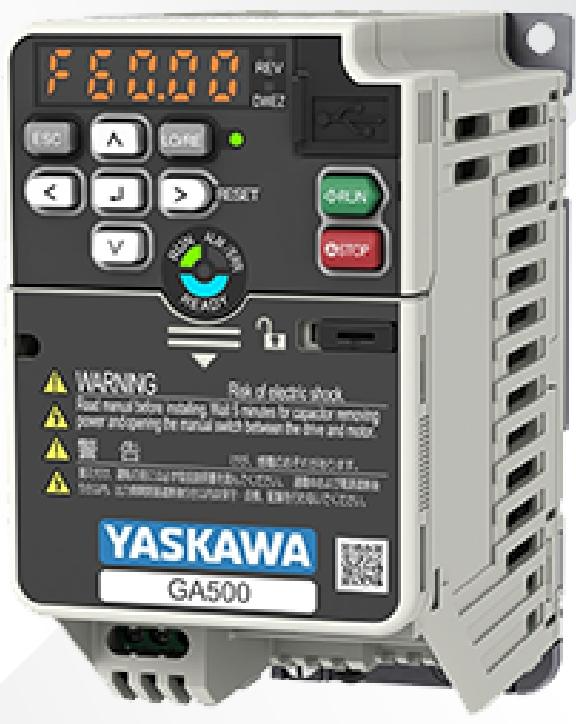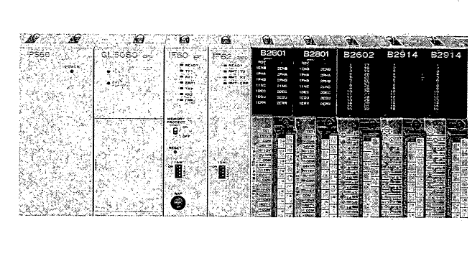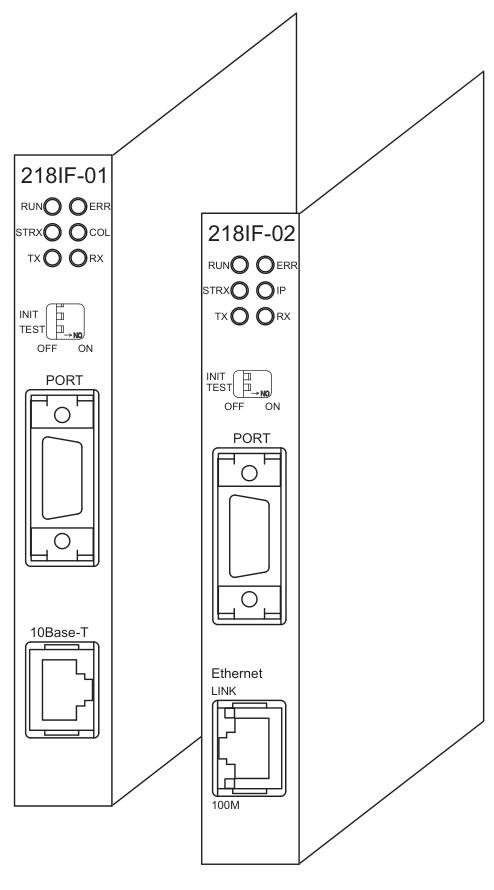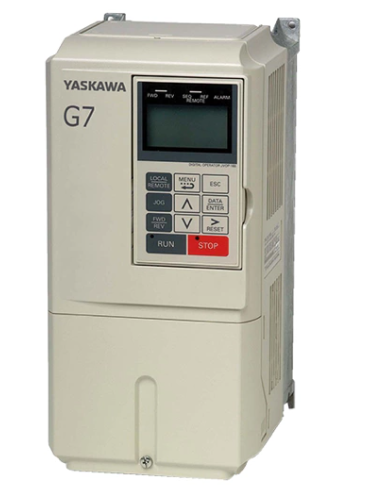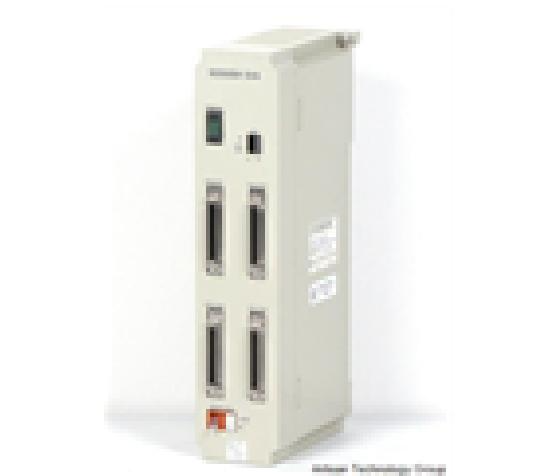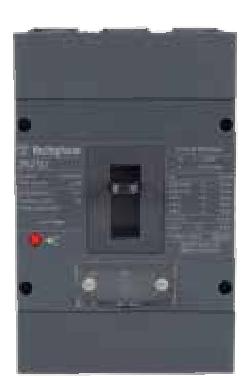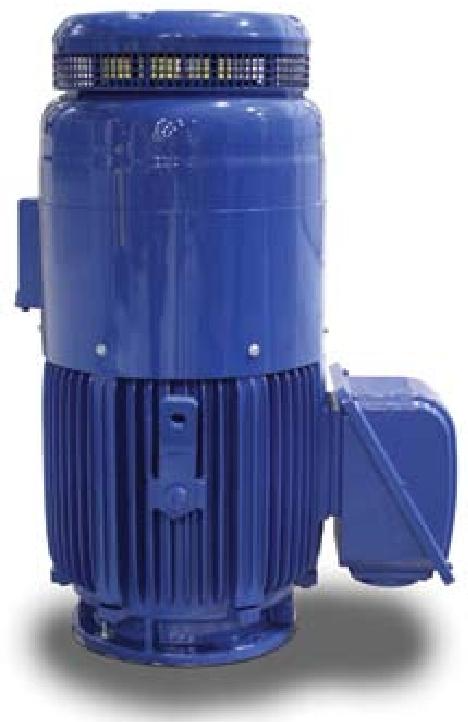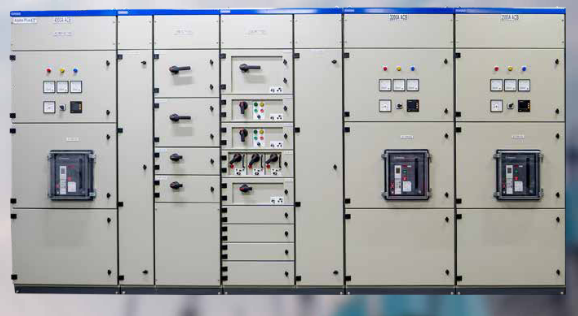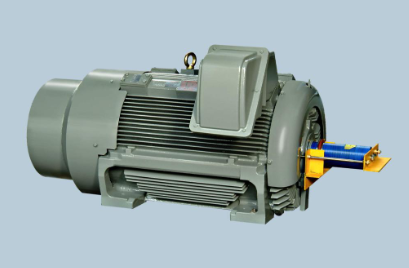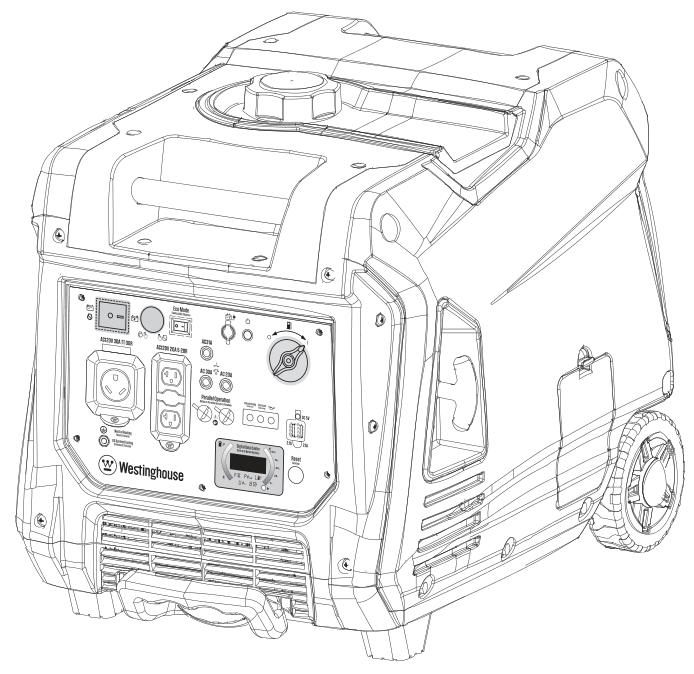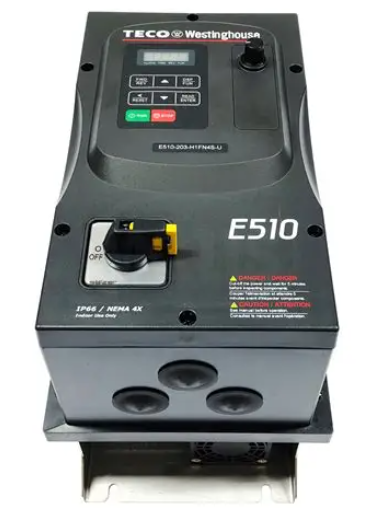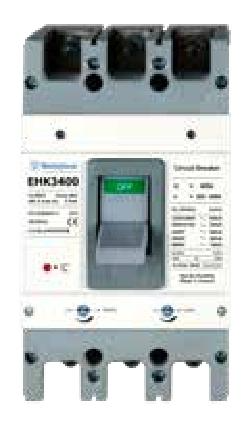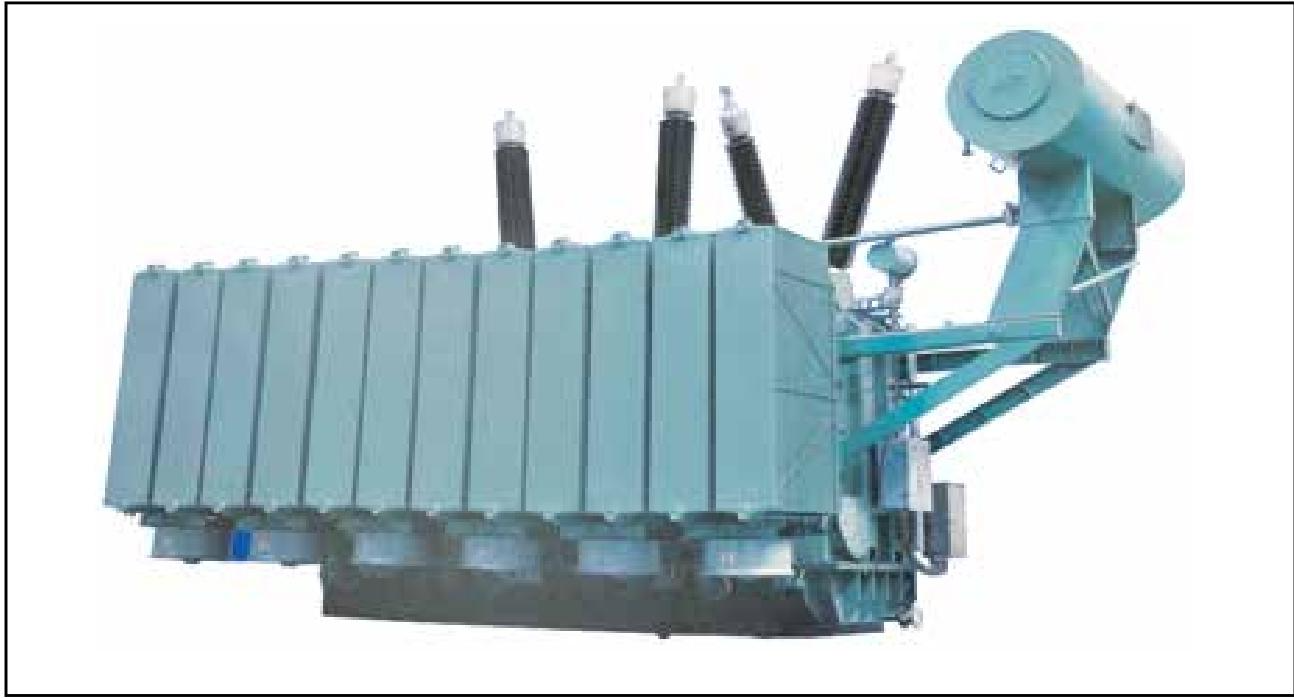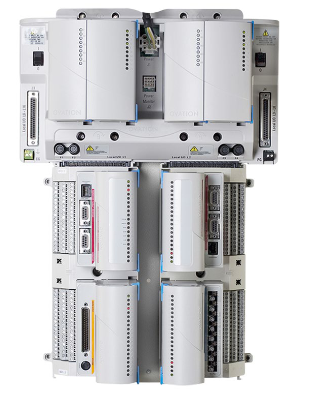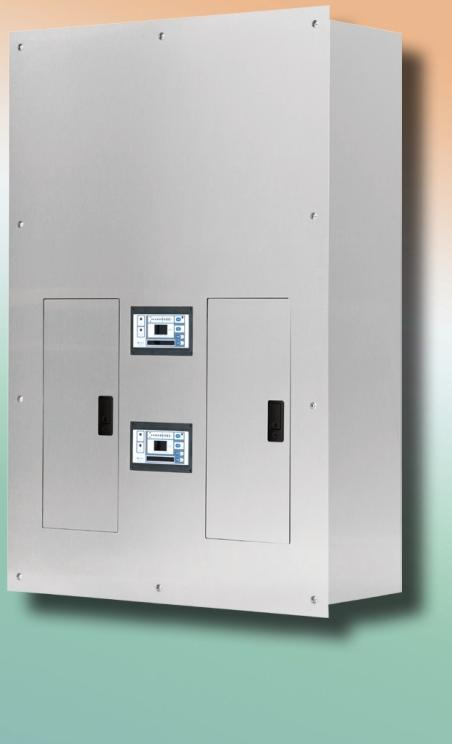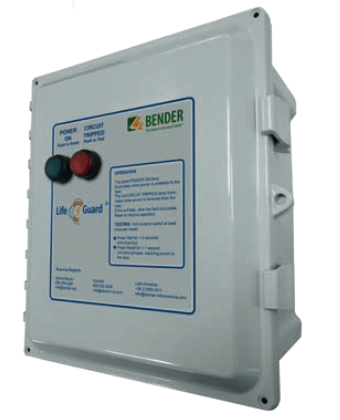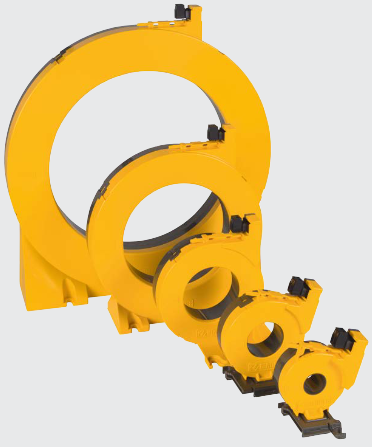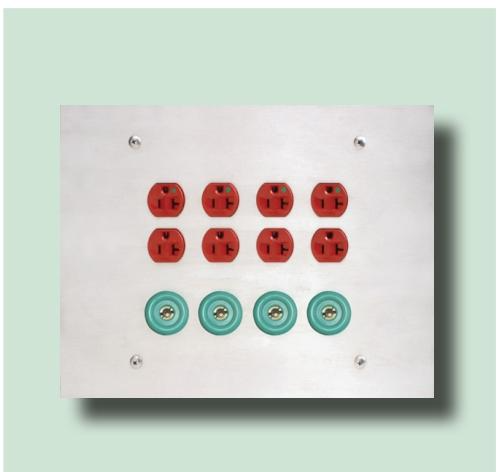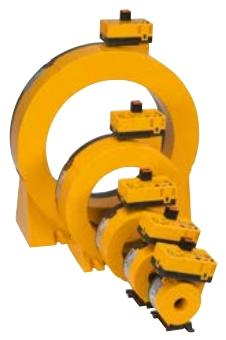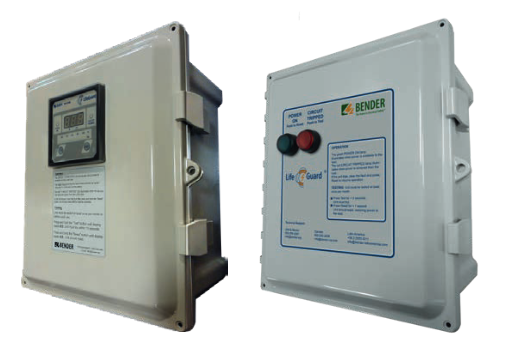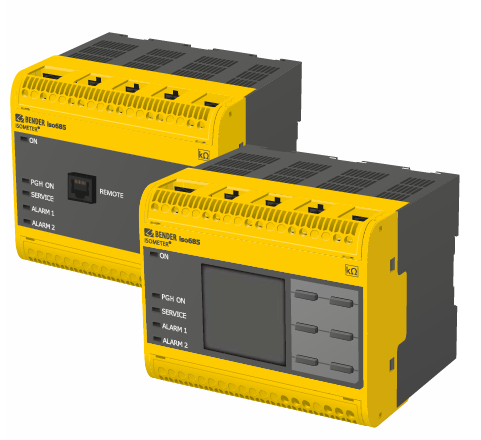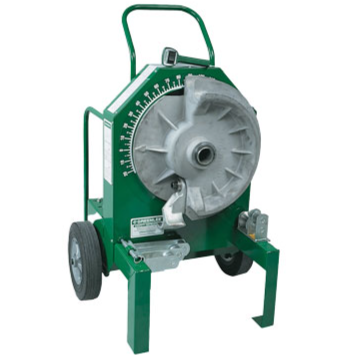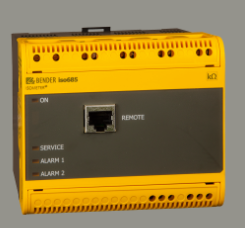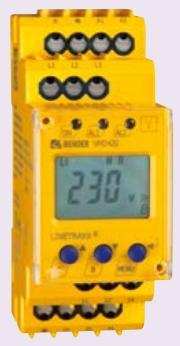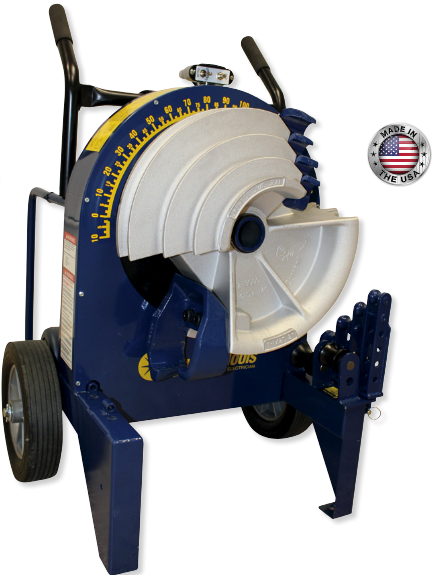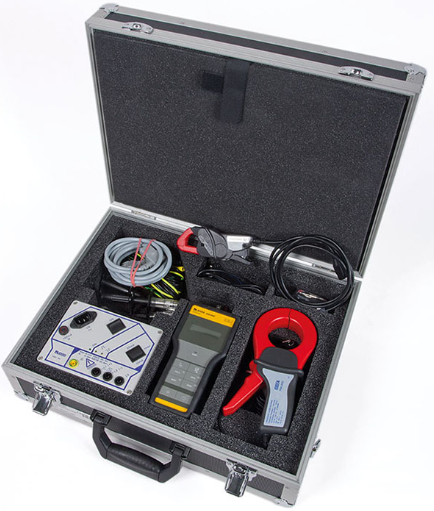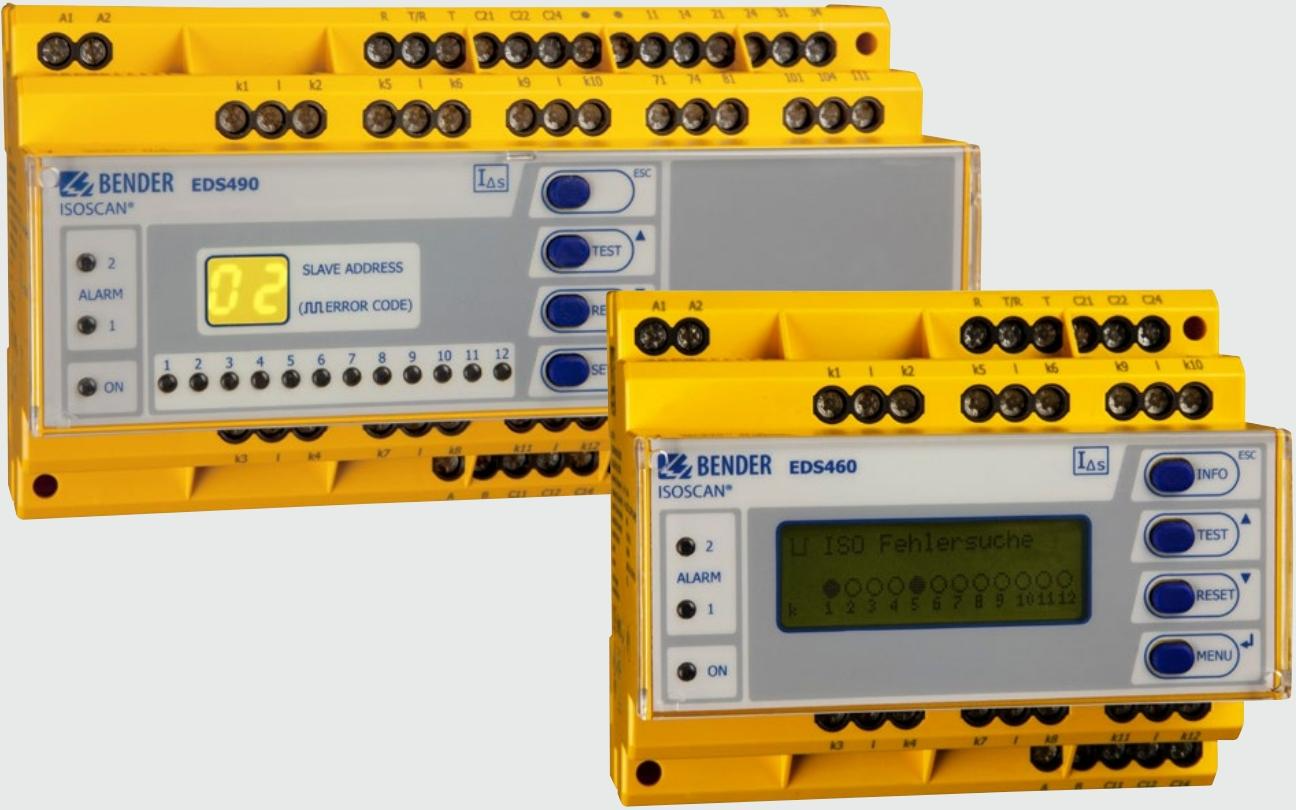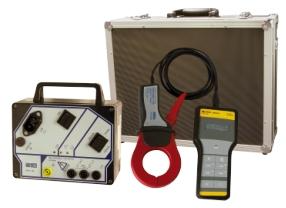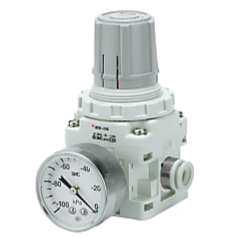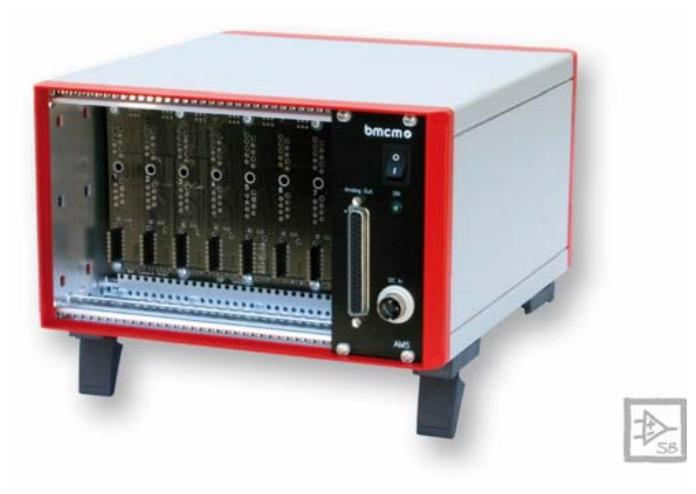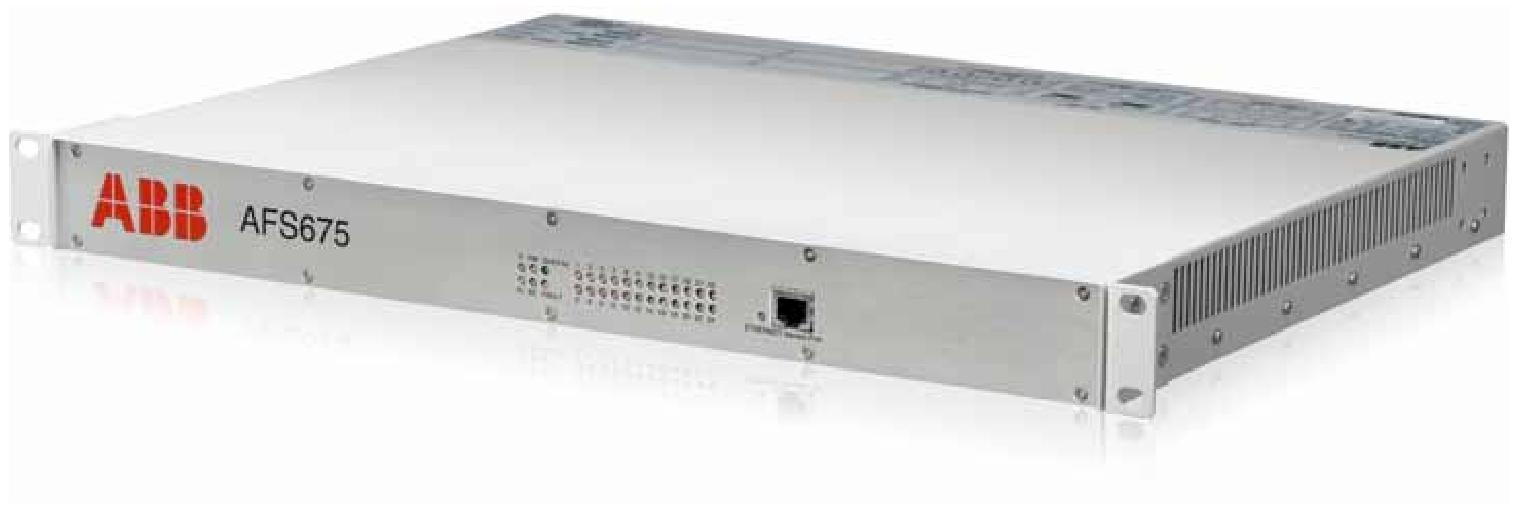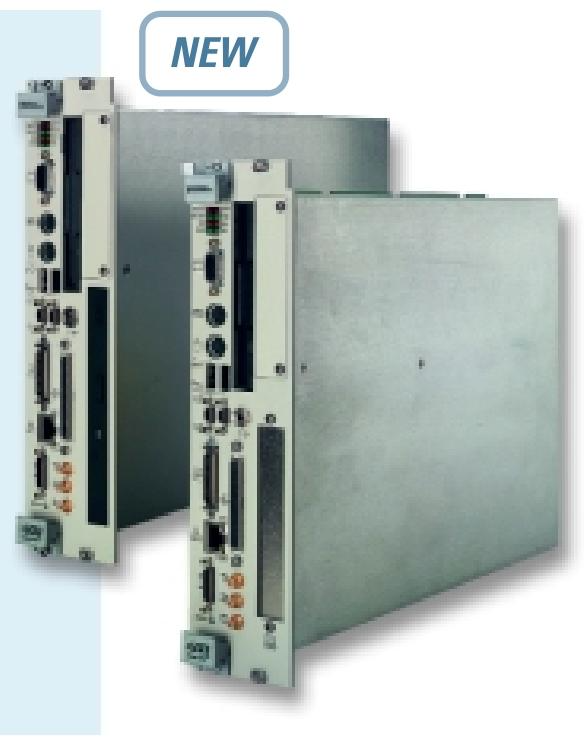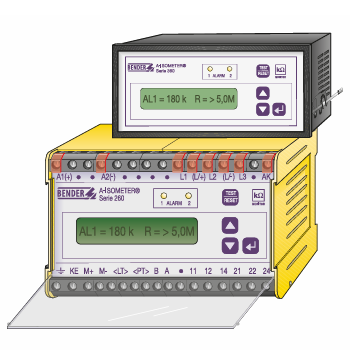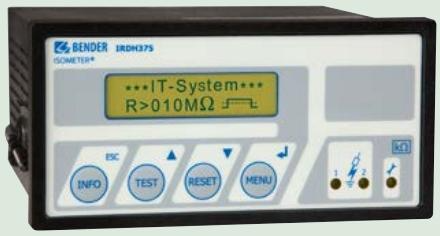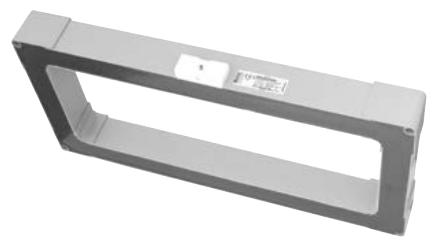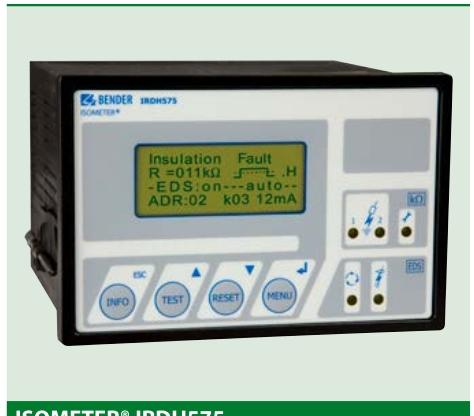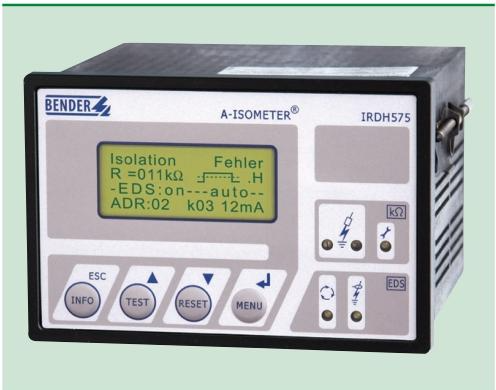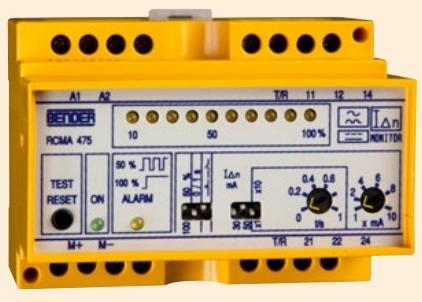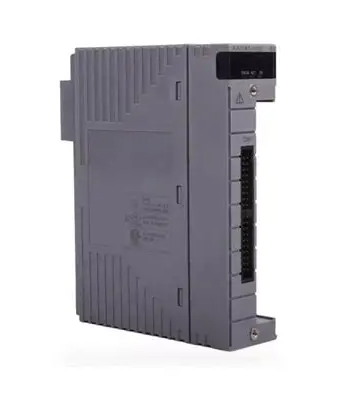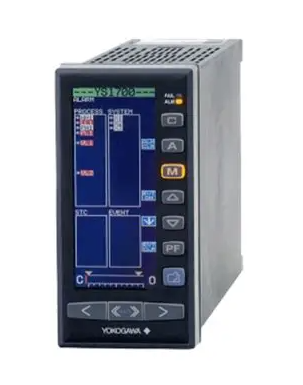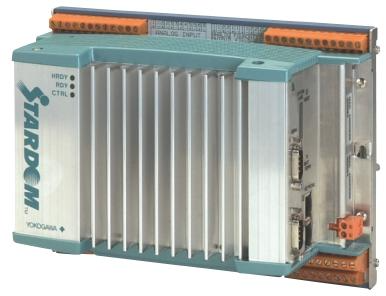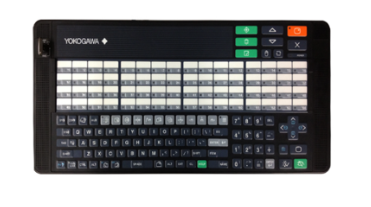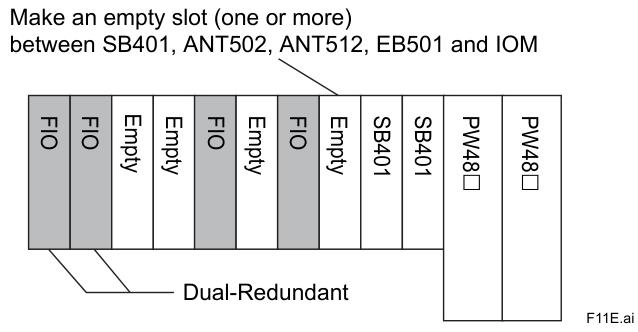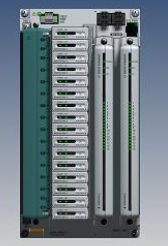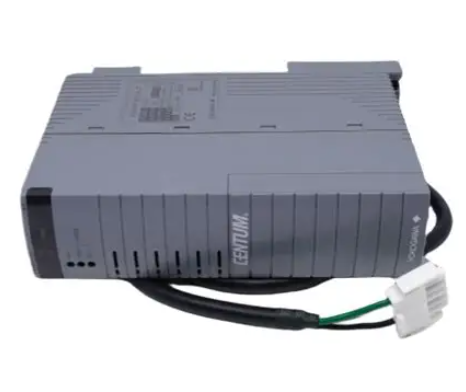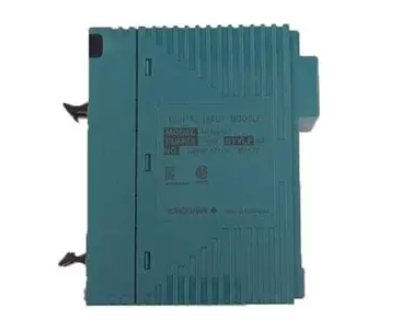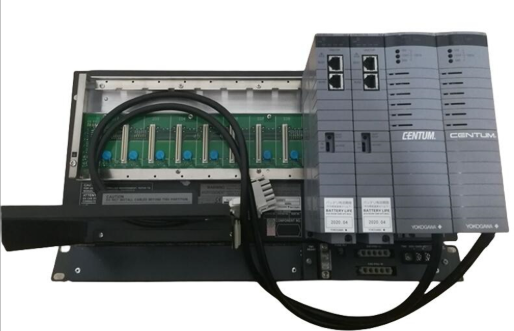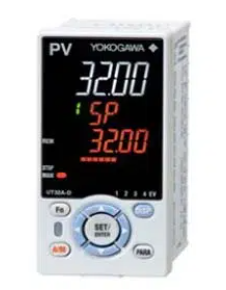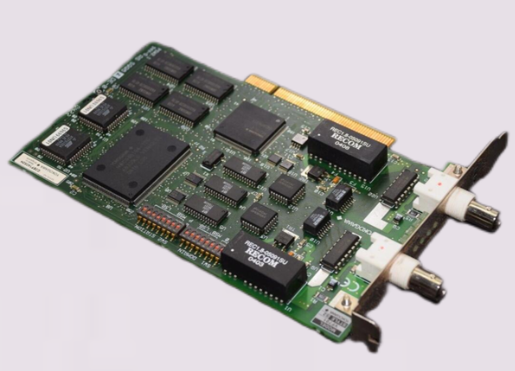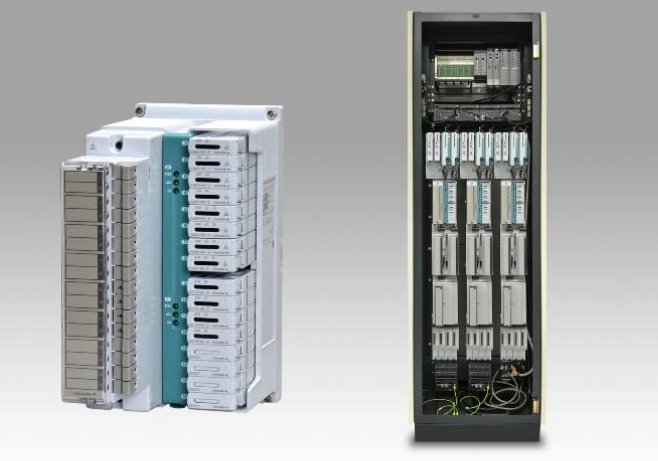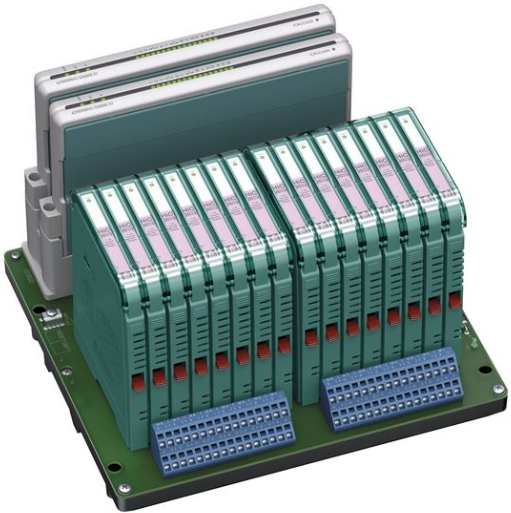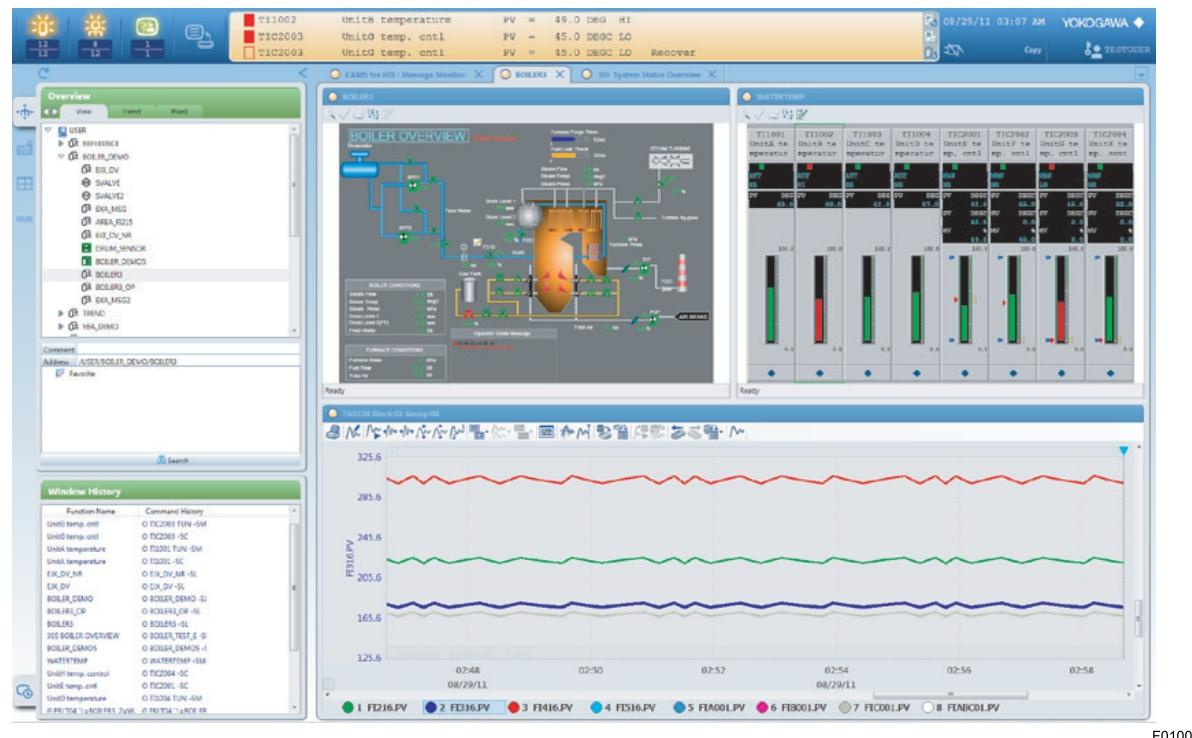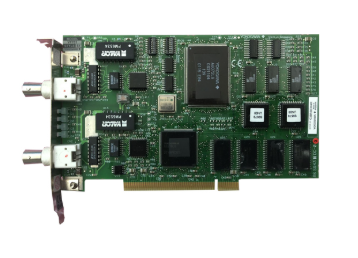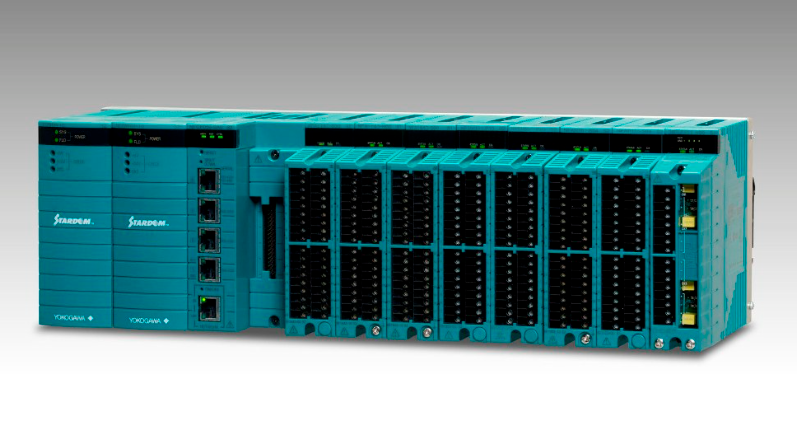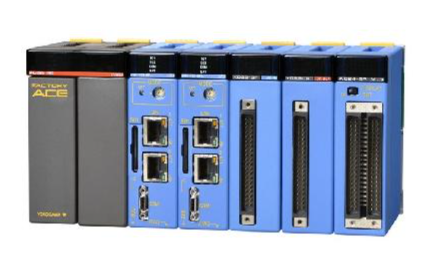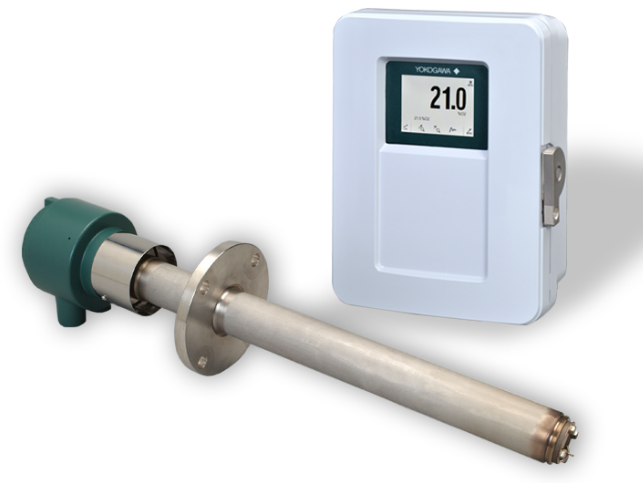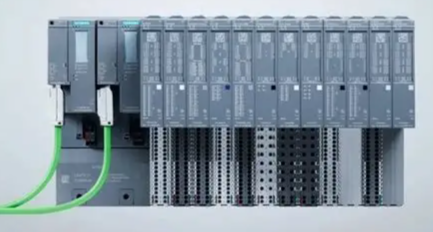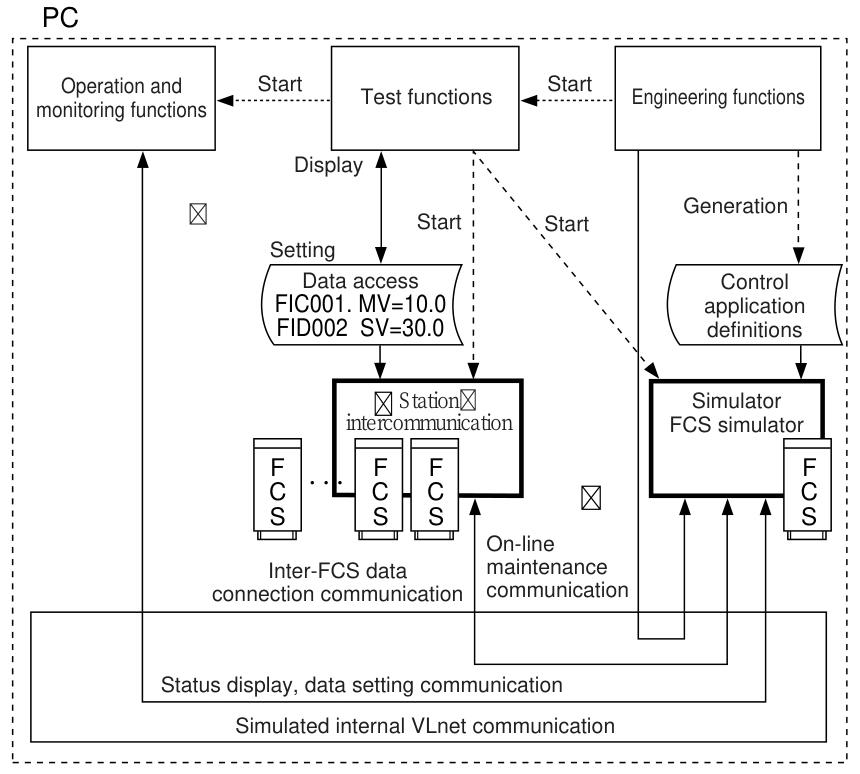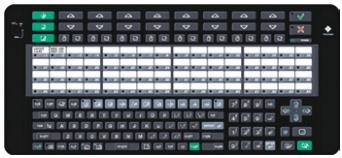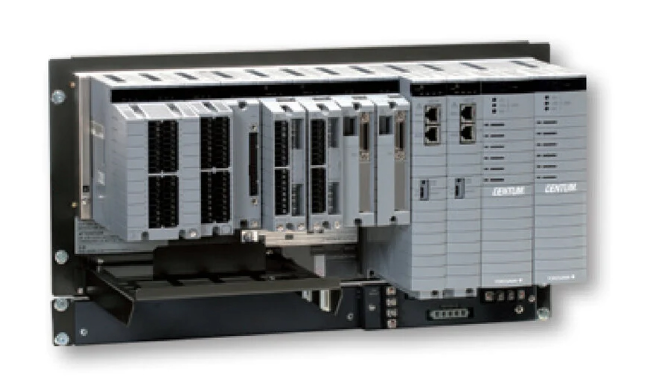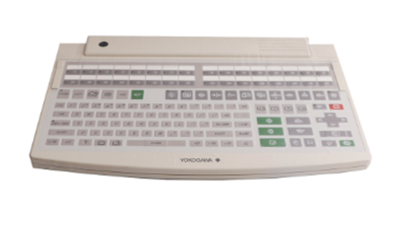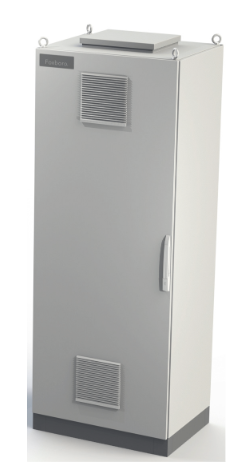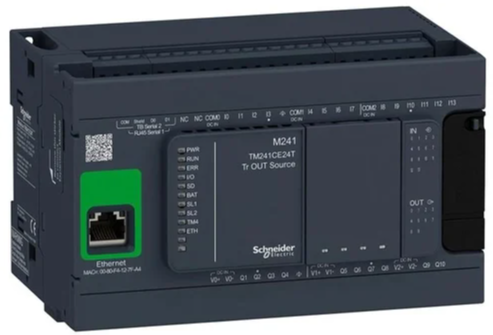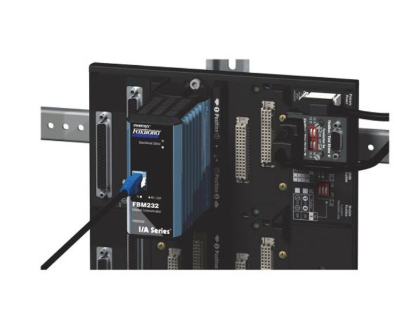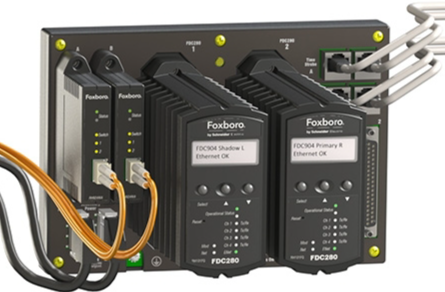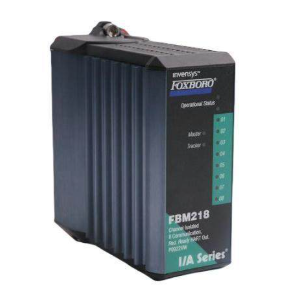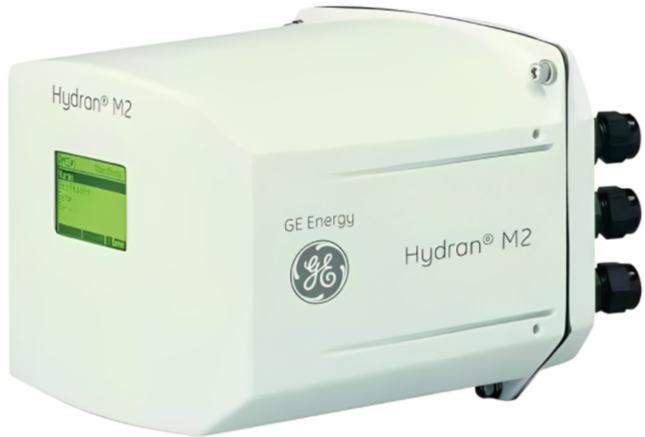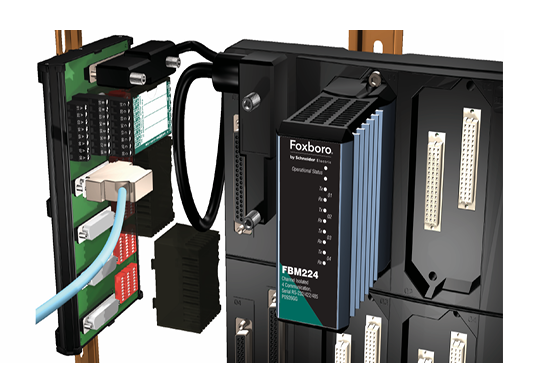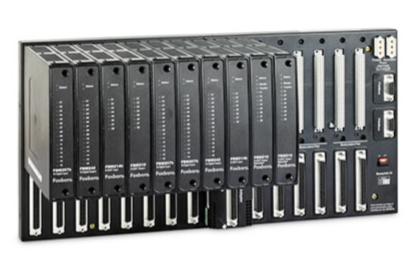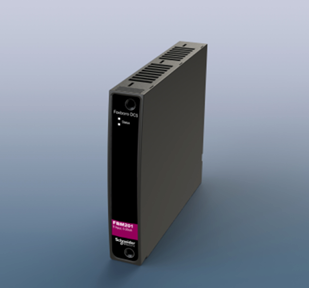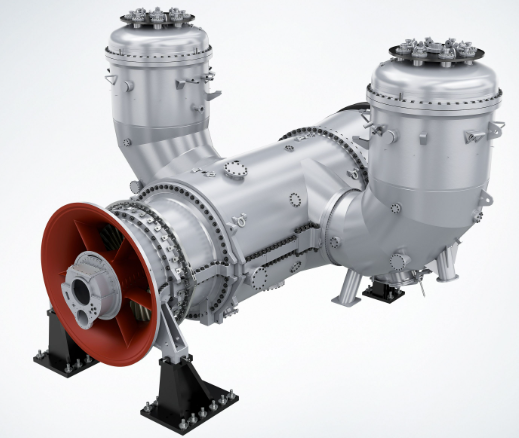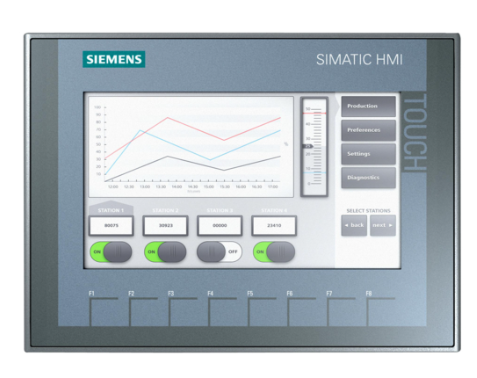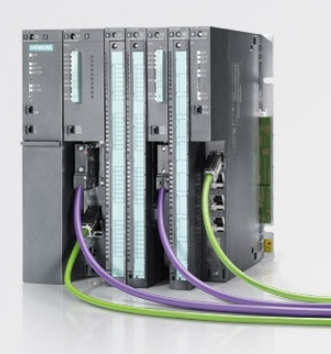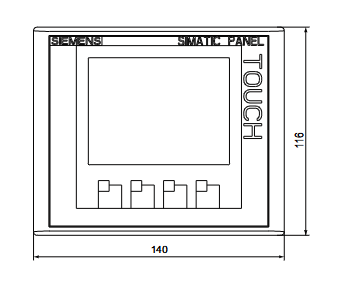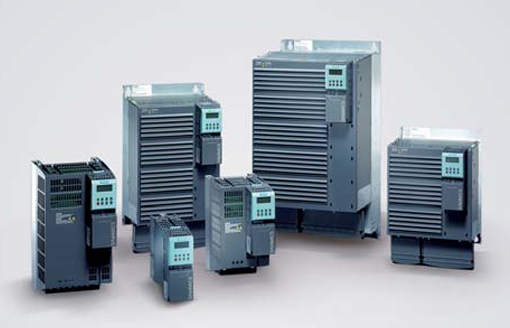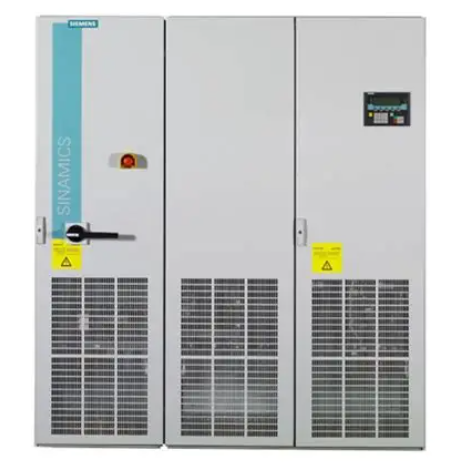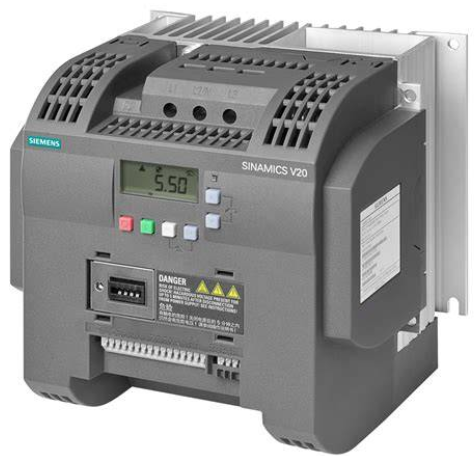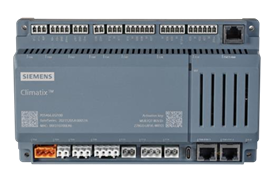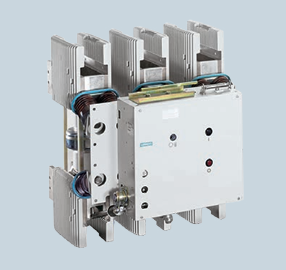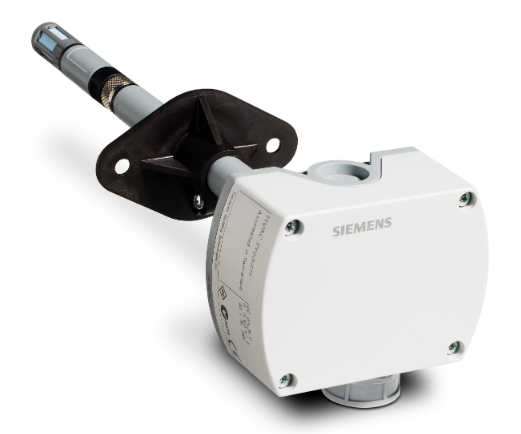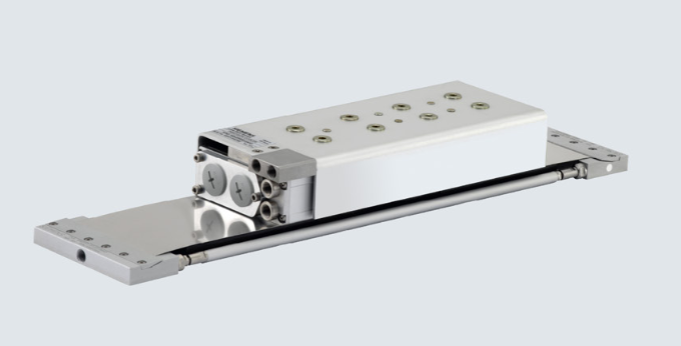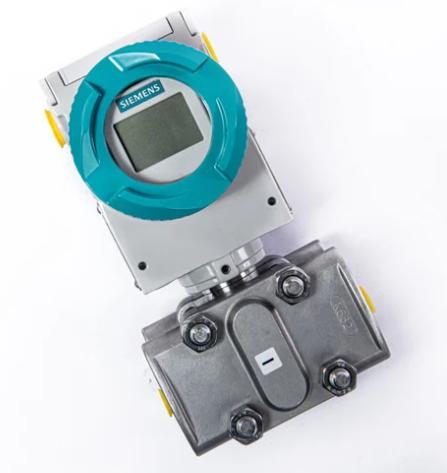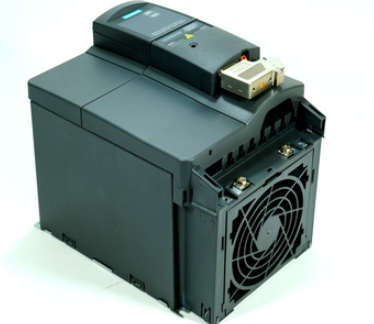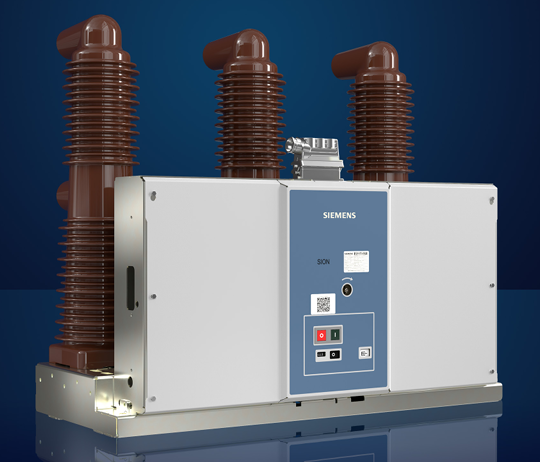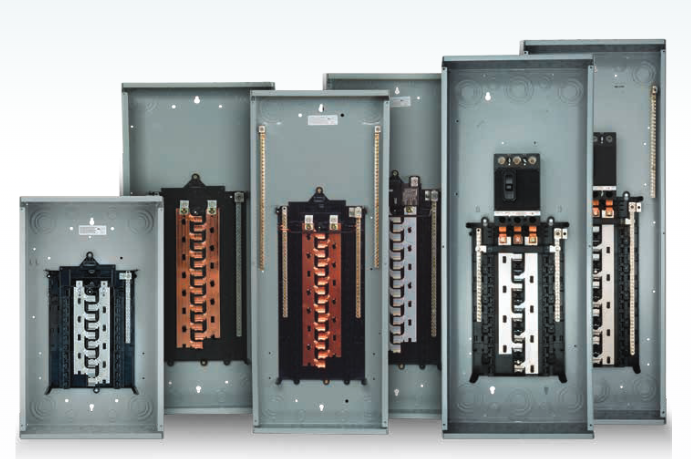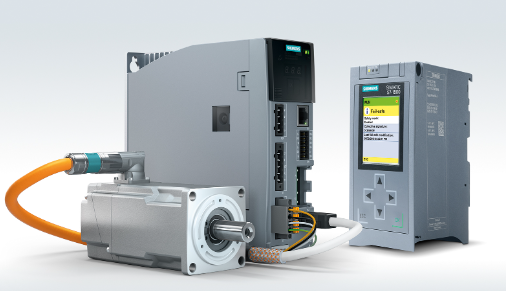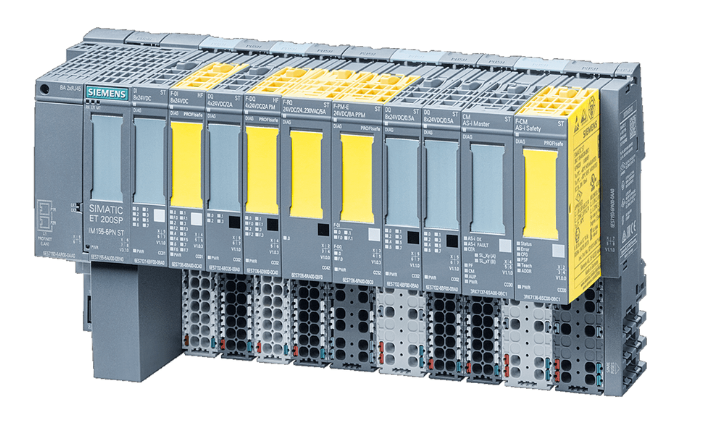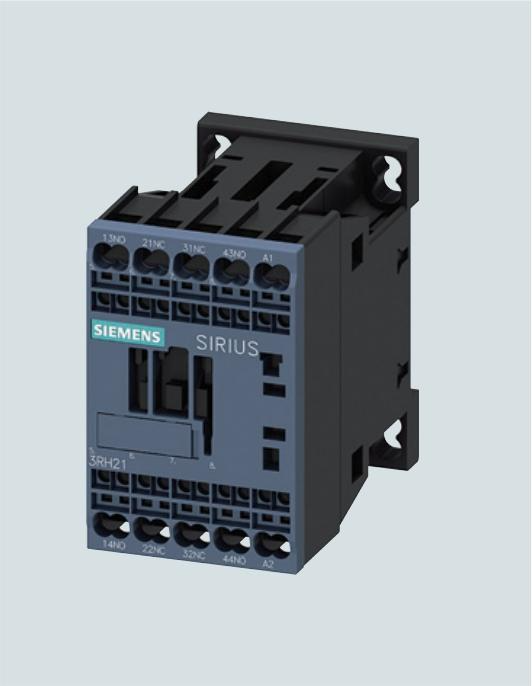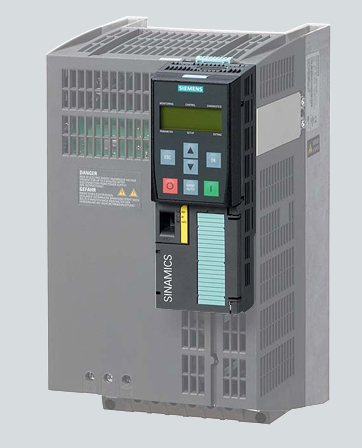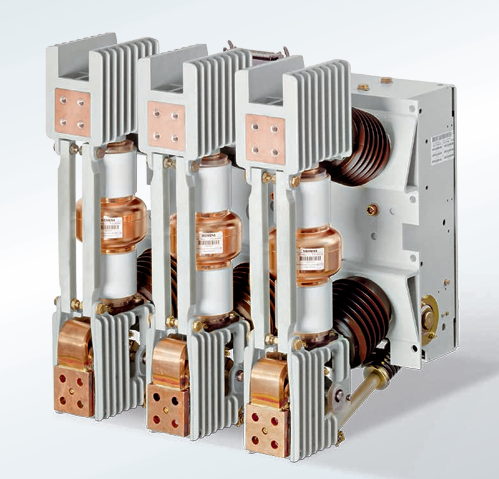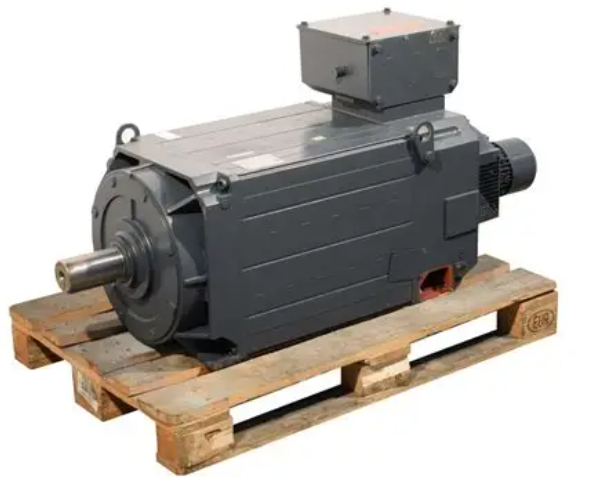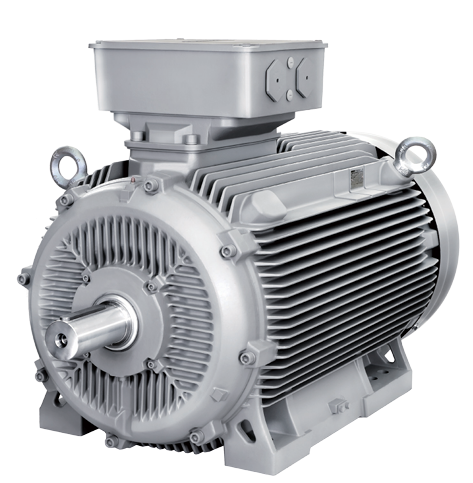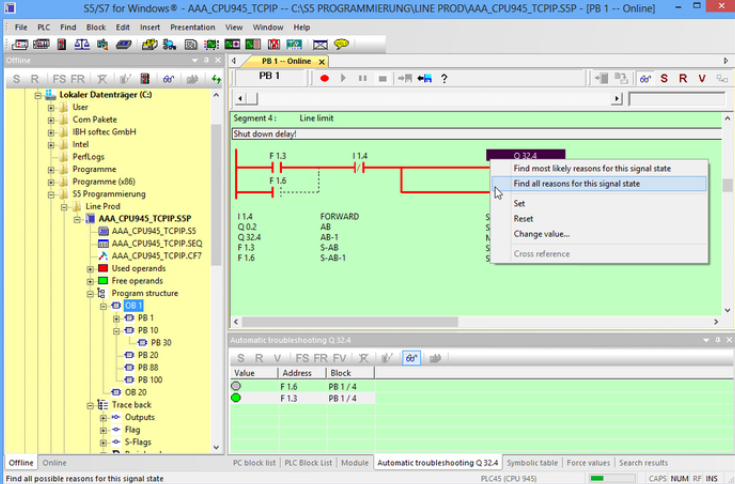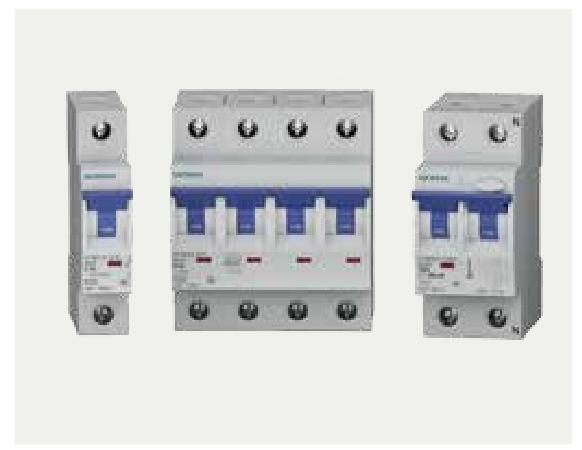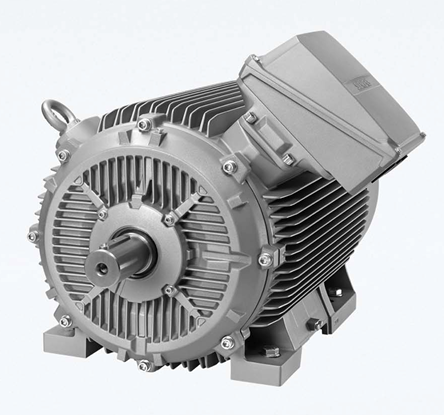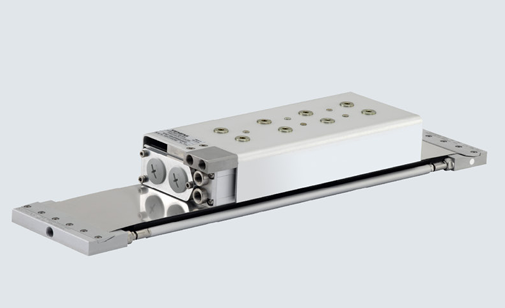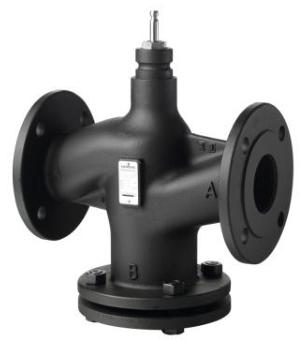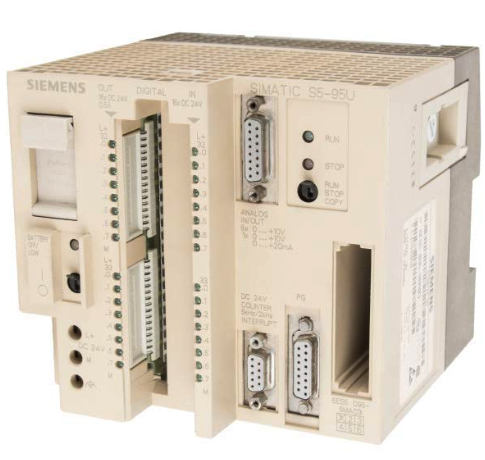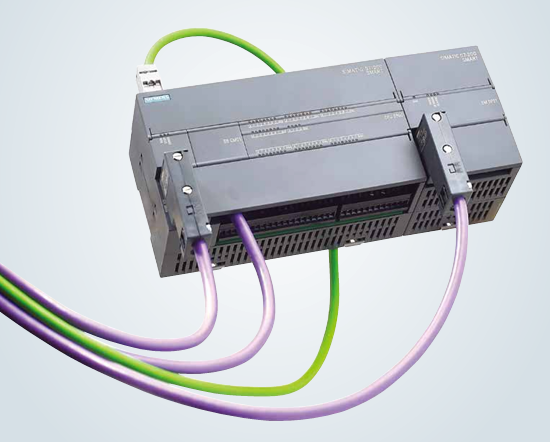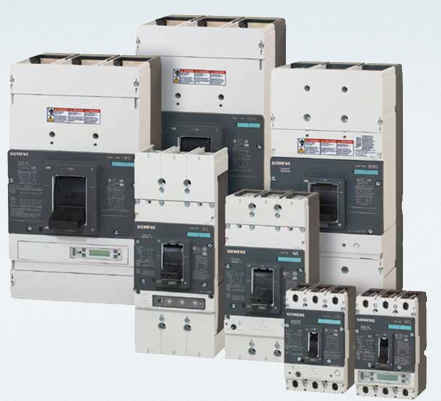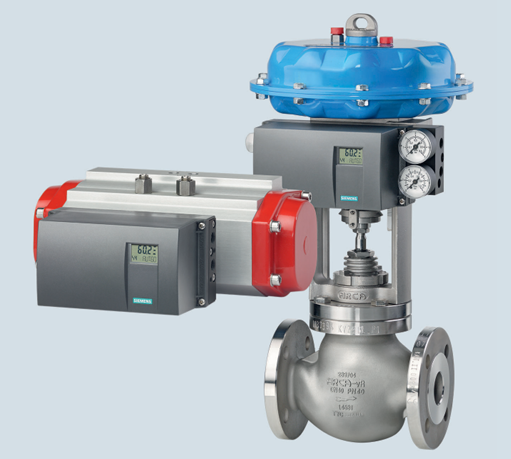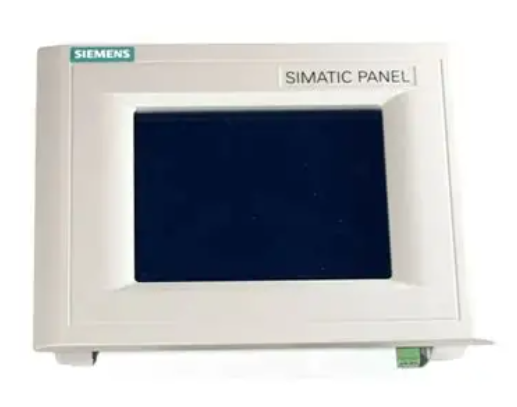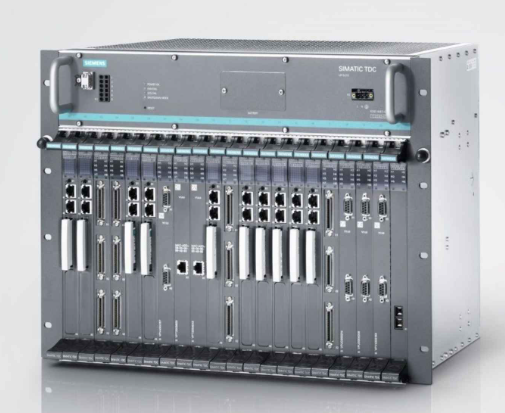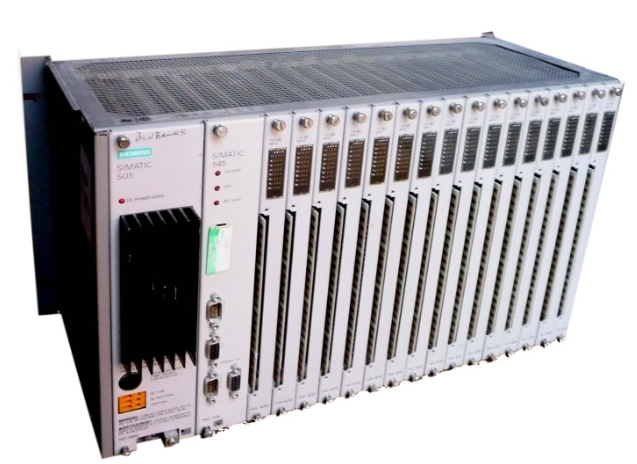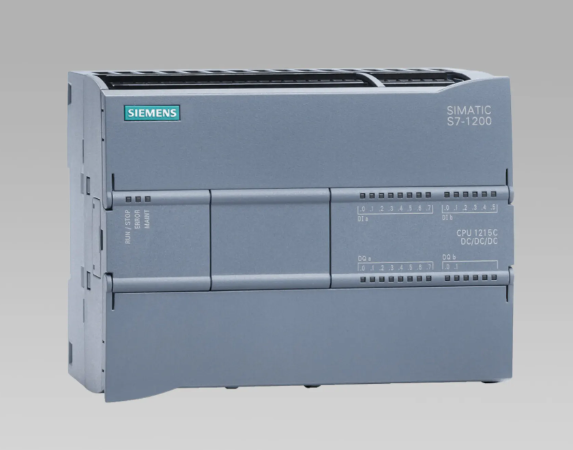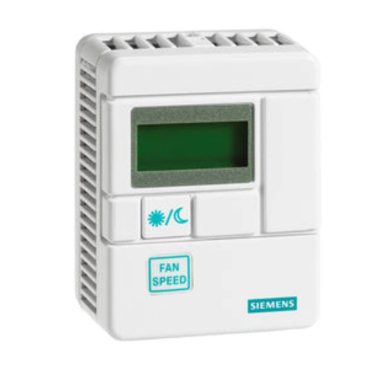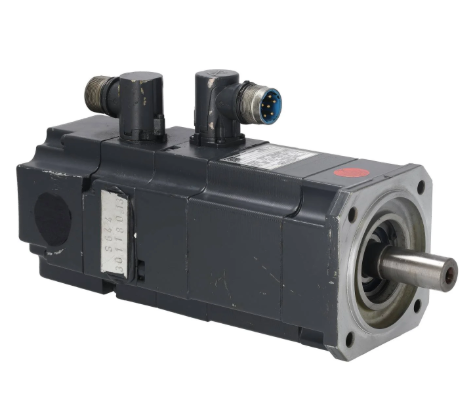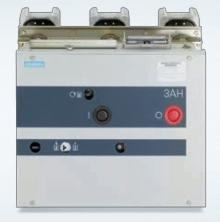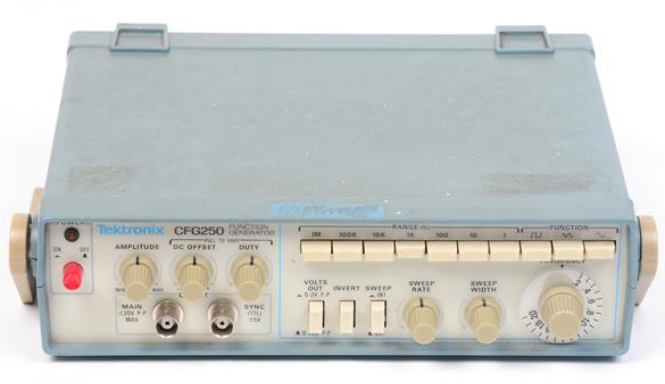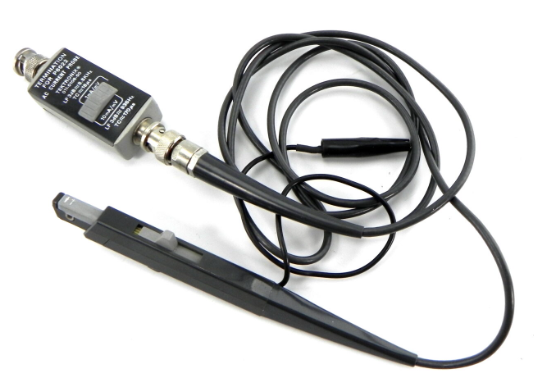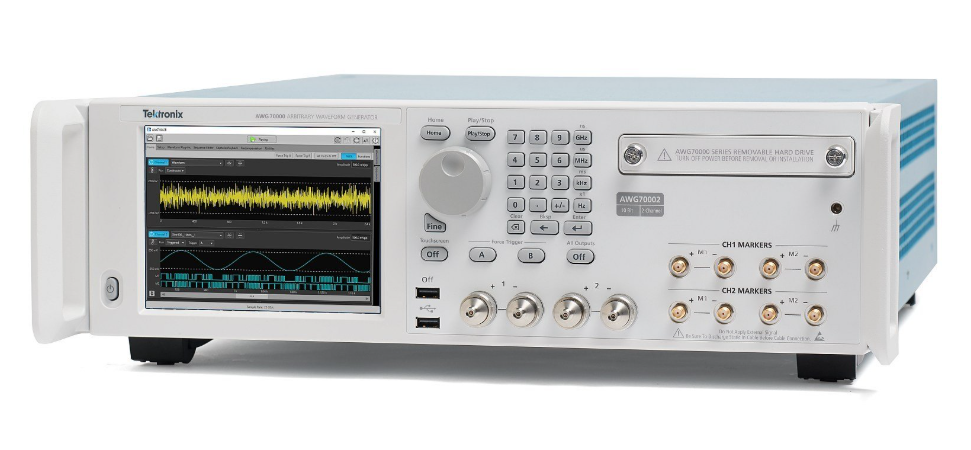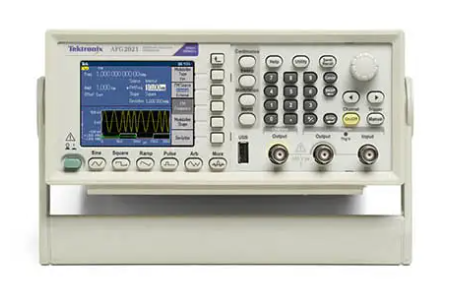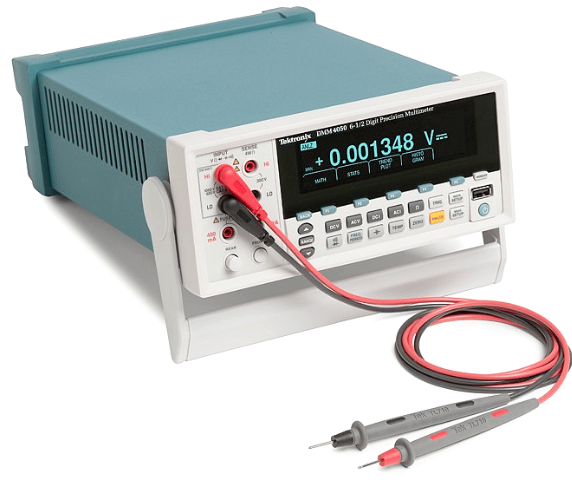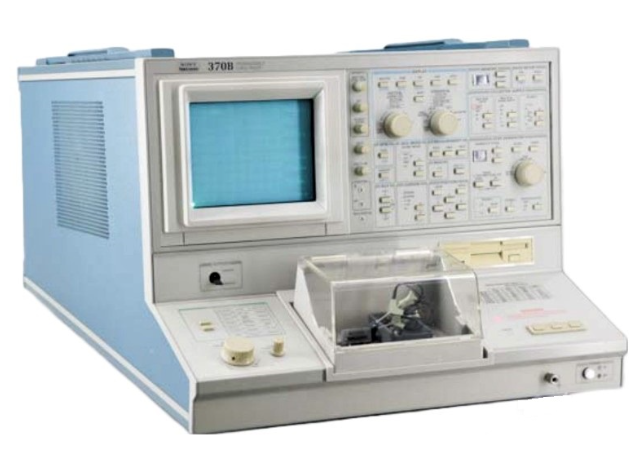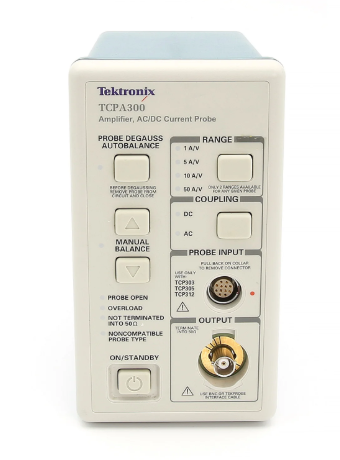

K-WANG


- Telephone:+86-15305925923
- contacts:Mr.Wang
- Email:wang@kongjiangauto.com
Manufacturers
ABB
Model(s)
ABB Advant Controller 31, ABB Advant OCS
Additional Information
8 binary inputs, 6 transistor outputs, 24 Vdc power supply
Estimated Shipping Size
Dimensions: 6.0" x 5.3" x 5.8"
(15.2 cm x 13.3 cm x 14.6 cm)
Weight: 1 lbs 0.8 oz (0.5kg )
Tariff Code: 8537109060
Country of Origin: France
Ships from Webster NY, USA
ABB 1SBP260022R1001 07 CT 41 Central Unit - Transistor Output
Basic Information
Product Overview:ABB 1SBP260022R1001 07 CT 41 Central Unit - Transistor Output is the core component in the ABB automation control system. It plays a key role in industrial automation as a central unit responsible for processing various input signals and controlling external devices via transistor outputs.
Physical Characteristics: It is usually designed with a robust housing to withstand dust, moisture, vibration and other factors in the industrial environment. The housing is usually made of metal with good electromagnetic shielding performance, which helps to reduce the impact of external electromagnetic interference on the internal circuitry. Its installation may be rail mounted or panel mounted for easy layout and fixing in the control cabinet.
Functional Characteristics
Processing Power
Processor performance: The built-in high-efficiency processor is capable of quickly executing complex control logic and arithmetic. It can process a large number of input signals and generate accurate output commands in a short time to meet the real-time requirements of industrial control. For example, in high-speed automated production lines, it can respond quickly to sensor signals and control the actions of equipment.
Multi-tasking capability: Supports multi-task parallel processing, allowing multiple control programmes or task threads to run simultaneously. This makes it possible to simultaneously handle a variety of tasks such as control of different devices, data acquisition, communication, etc., and reasonably allocate system resources to ensure the stable operation of each task. For example, in an integrated automation system, it is possible to control production equipment and simultaneously communicate and monitor data with the host computer.
Input and output functions
Input interface: Equipped with a variety of digital and analogue input interfaces. Digital inputs can receive switching signals from buttons, limit switches, proximity switches and other devices, and are used to detect the status and position of the equipment. Analogue inputs can handle continuous signals from temperature sensors, pressure sensors, flow sensors and other devices, such as 0 - 10V DC, 4 - 20mA and other common analogue signals, used to collect physical parameters in industrial processes.
Transistor output function: with transistor output interface, this output method has fast switching speed and high reliability. The output signals can be used to control small relays, indicator lights, solenoid valves and other devices, and the driving capability can meet the requirements of most small industrial equipment. For example, the opening and closing of a solenoid valve can be accurately controlled by the output signal to achieve precise control of fluids.
I/O Expansion Capability: I/O expansion interface is provided to facilitate users to increase the number of input and output points according to the actual application requirements. By connecting the expansion module, the control range of the system can be flexibly expanded to adapt to industrial automation systems of different scales and complexity.
Communication function
Communication interface support: It is equipped with various communication interfaces, such as Ethernet interface (RJ45), serial interface (RS-232, RS-485), etc. The Ethernet interface supports high-speed data transmission. The Ethernet interface supports high-speed data transmission and is suitable for remote monitoring and large data volume communication, such as communication with the host computer system or other network devices. Serial interface can be used to connect specific field devices or for close communication, and has better anti-interference ability.
Communication protocol compatibility: It supports a wide range of communication protocols, such as Modbus, Profibus, TCP/IP and so on. This makes it possible to communicate and integrate with equipment from different manufacturers, facilitating the construction of complex industrial automation networks. For example, in a mixed equipment automation system, it can exchange data and work together with PLCs, sensors, actuators, etc. of other brands.
Technical Parameters
Electrical parameters
Operating voltage range: The operating voltage is generally a specific DC voltage range, e.g. 24V DC (with certain voltage fluctuations, e.g. ±10% - ±15%). This voltage range ensures normal operation with a stable power supply and a certain tolerance to power fluctuations.
Power Consumption: The level of power consumption varies according to the specific workload and operating conditions, but is usually designed to be within reasonable limits to prevent excessive heat from being generated over long periods of operation, which could affect the stability and life of the equipment.
Input/Output Electrical Characteristics: Input voltage ranges for digital input interfaces vary depending on the specific channel type, e.g. a 24V DC input channel may have an input voltage range of 18 - 30V DC, and input currents are typically in the range of a few milliamps to a few tens of milliamps; transistorised output interfaces typically have output current ratings in the range of a few hundred milliamps to a few amperes (depending on the model and design), and output voltages can be of various levels depending on the load and configuration. The analogue input interfaces are capable of handling common analogue signal ranges such as 0 - 10V DC, 4 - 20mA, and may have signal resolutions of 12 - 16 bits to ensure accurate analogue signal acquisition.
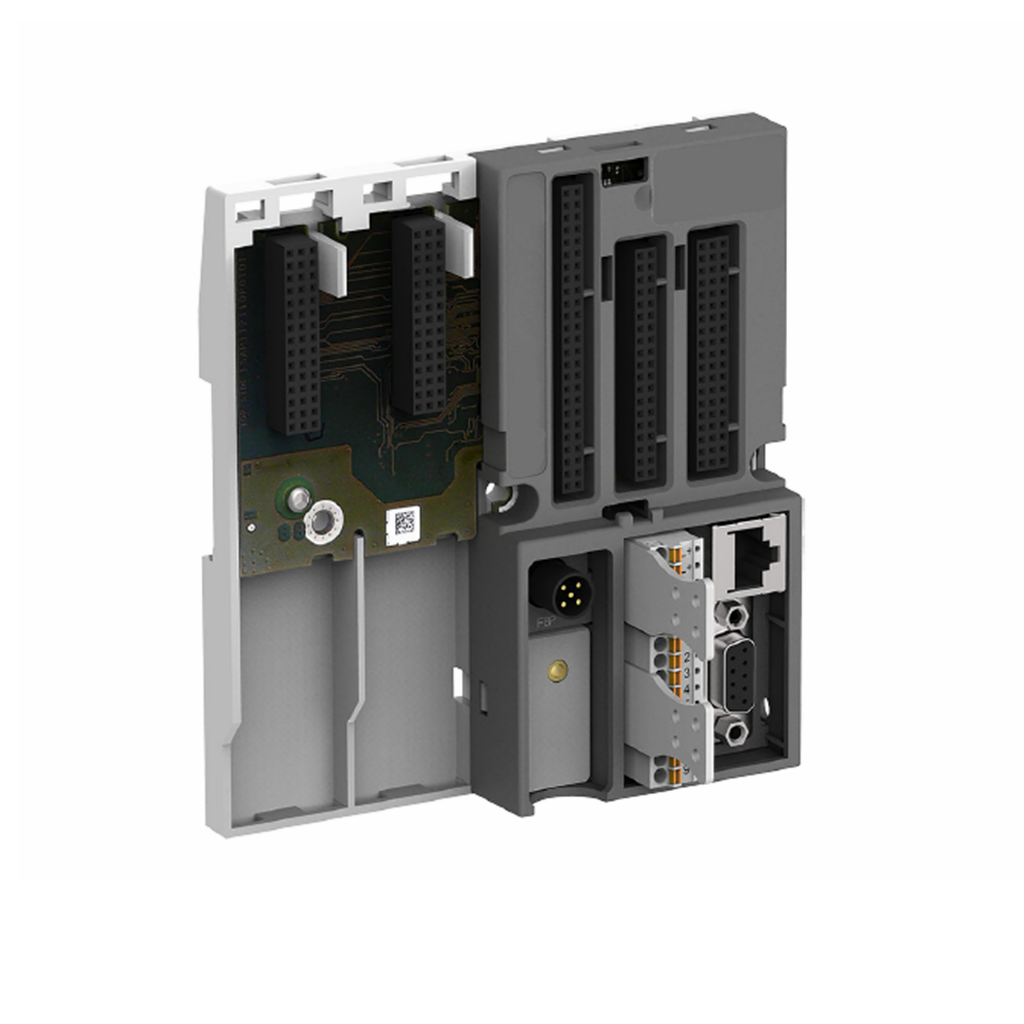
| User name | Member Level | Quantity | Specification | Purchase Date |
|---|







